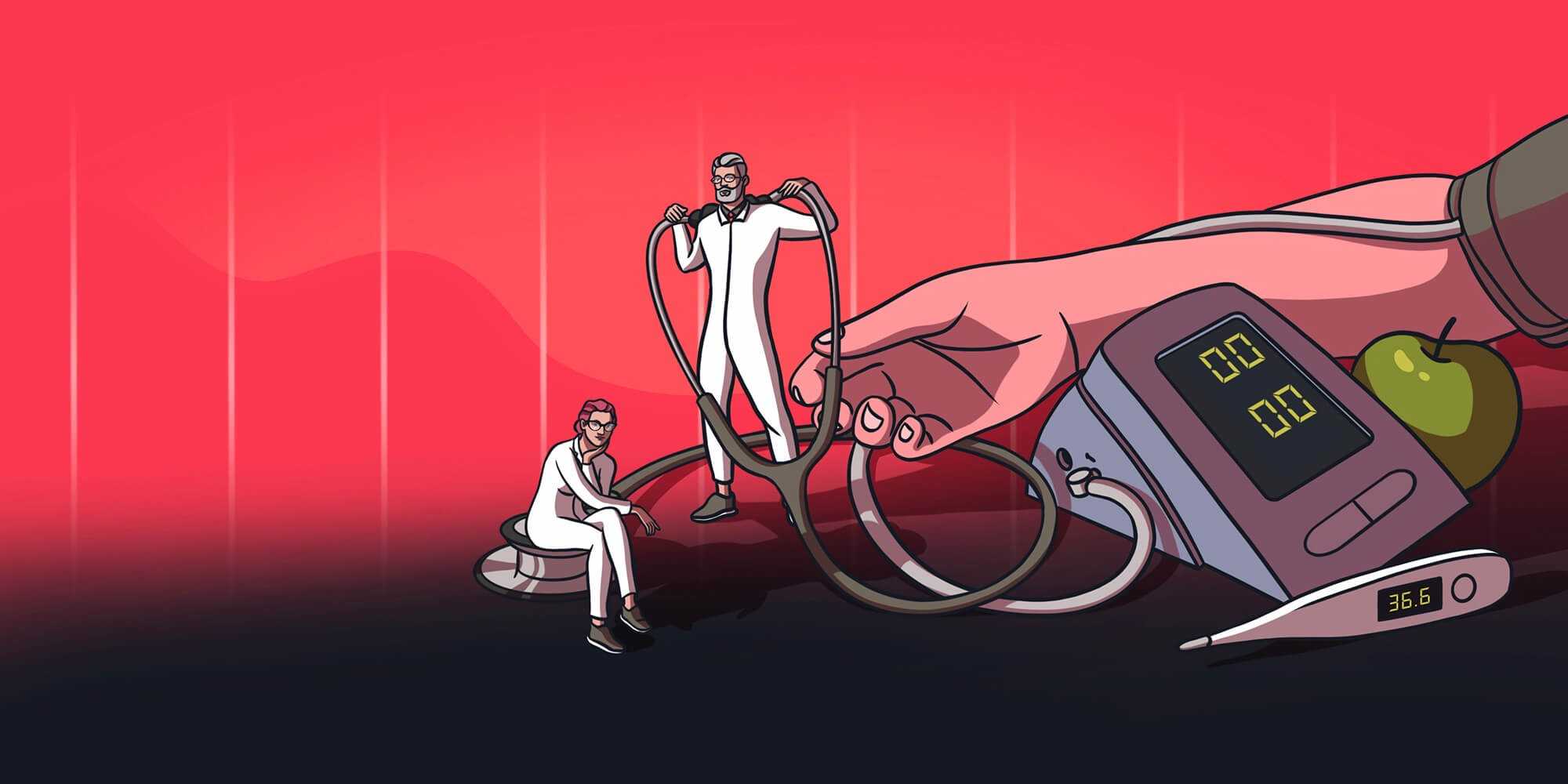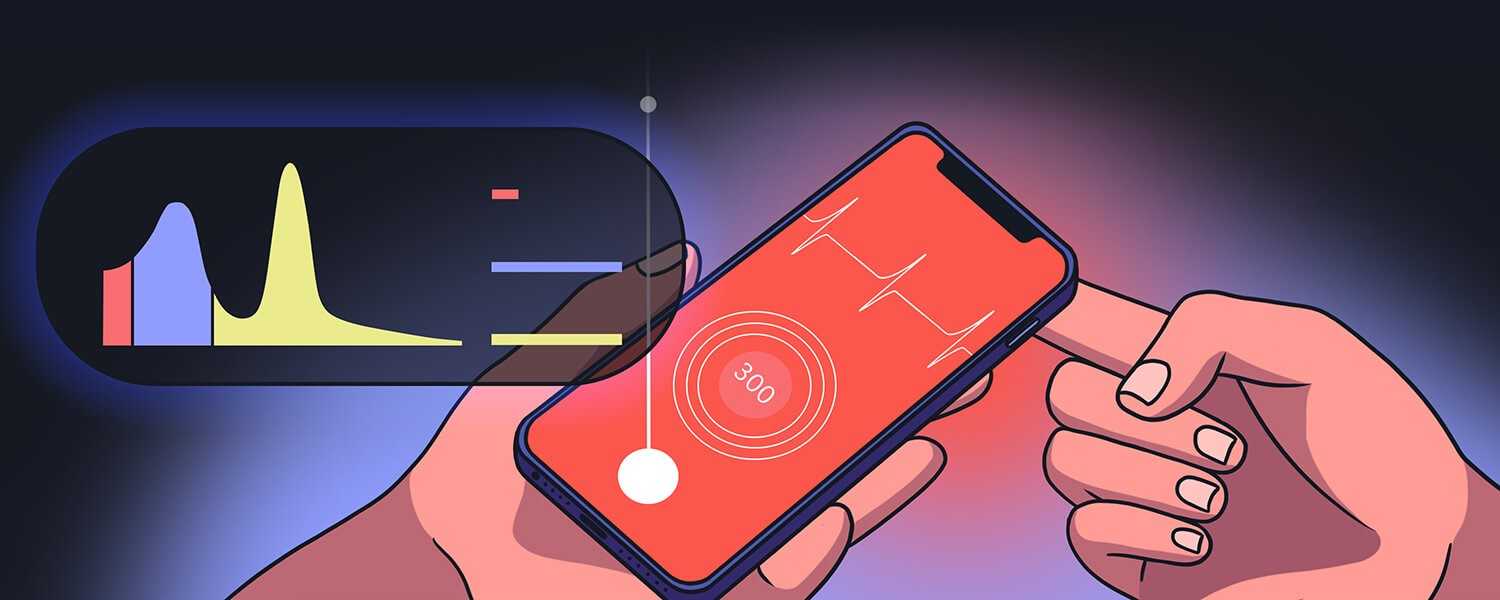Cardiac arrests cause a lot of sudden deaths worldwide, which is a very depressing statistic. Ironically, cardiac arrests are best to be prevented with a healthy lifestyle, which, unfortunately, not a grand majority of the human population leads. Anyway, one has the opportunity to assess its cardiac arrest risk with simple regular measurements of cardiovascular metrics, for example, blood pressure or an Electrocardiograph. For your information, medical careers such as EKG techs are booming right now so if you decide to go into the medical field, it will be a success and you will also know everything about how to deal with cardiac arrests and other heart problems. Let me explain myself.
Blood Pressure
Blood pressure (BP), specifically arterial blood tension, is a straightforward metric measured and evaluated, yet simultaneously – pretty useful and vital. It is, in fact, nothing short of a miracle that just two plain numbers of millimeters of Mercury can provide you with such valuable data. Well, after all, BP is one of the vital signs — the medical signs that indicate the current status of the body’s life-sustaining functions.

Measure Blood Pressure
How to Measure Blood Pressure?
The golden standard in measuring BP values non-invasively is manual auscultation with the sphygmomanometers. This method supplies the user with the most accurate info; however, it takes time and is inconvenient. Consequently, nowadays, assessment of BP is more often than not being done with specific semi-automated apparatus. These techniques’ popularity can be attributed to their ease of use and direct applicability in at-home measurement situations.
You can gather tension numbers throughout the day by using specific blood pressure monitor app. A vast array of BP monitors range from simple pressure sensors strapped either to the wrist (which lots of people consider to be way handier) or to the upper-arm (this way, it is recommended by the American Heart Association). Such blood pressure monitor gadgets usually present the validated numbers swiftly and, more importantly, precisely enough. Important notice – if you use Apple devices, search carefully to find the monitors with readings of blood pressure Apple Health can use.
Dissecting the numbers
Logically enough, BP monitors tend only to do the “dirty work” of collecting vital info. The data has the potential to become immensely more helpful, should it be appropriately analyzed and evaluated. It includes but is not limited to BP numbers being broken down according to the time of the day when it’s measuring. Additionally, according to your tension patterns, a doctor or particular app can conclude and give you advice.
A cardiologist can do such work, but since it will take quite a lot of its time and, secondly, algorithmization of labor of this kind is possible, it is irrational. Instead, a pressure measuring app is your best bet. With them, all the vital information and decisions regarding your BP status are always, figuratively, at the tip of your fingers.
There can be only one
It is not easy to find the best blood pressure app right away. You may require spending several evenings trying out the different programs, their functionality, and user interface to determine which one best suits you. I consider it to be correct, though, to offer you to give Welltory as your BP app a try. Besides, this was not a “finger to the sky” bet, but instead well thought out solution. Let me explain why.
My decision base upon the knowledge that Welltory is often described as the user-friendliest health-tracking app available — and it is justified! The thing is, the stats are divided into tidy, clean submenus titled Performance (overall stats), Energy (evaluating the parasympathetic half of vegetative NS), and Stress (assessing the sympathetic half of vegetative NS). Even an average non-experienced consumer will not have a hard time while trying to understand them. As the icing on the cake, the Welltory is free to use for the aforementioned necessary measurements. A Welltory PRO, still, is just a significant upgrade over it.
Heart Rate Variability
You should bear in mind that blood tension values are best to be used in conjunction with other cardiovascular metrics, namely Heart Rate Variability. In case you are out of the loop, Heart Rate Variability (HRV), as Wikipedia states, is a physiological phenomenon of difference in the time interval between heartbeats. The variation in the beat-to-beat interval measures it. Practically speaking, the heart’s sinoatrial exciter node does not produce new impulses in perfect sync but rather with small, almost indistinguishable changes in the pause times. This is due to the fact of the influence of both sympathetic and parasympathetic branches of the vegetative nervous system on the heart’s own impulse autonomy.

Measure Blood Pressure App
The way to measure HRV
How to measure heart rate variability? Well, your best option to measure HRV is to use a specialized heart monitor device. There is a very diverse selection of them in the market, being either standalone or integrated into fitness trackers, ranging from, for example, electrical chest-on straps (that observe the discrepancies between the values of the electrical potential of the myocardium) to optical (that send the frequent beams of light waves to the skin than catch them back, studying the differences in refraction) on-hand appliances.
Having things done
The point is, HRV measurement is simple yet requires the same analysis as BP’s one to produce the most OK result. Luckily enough, Welltory comes in handy here as well. Furthermore, the Welltory app that allows you to take the HRV measurements using your smartphone’s rear camera is a nice bonus. However, such readings are objectively less precise than their counterparts taken with specialized equipment.
Follow us on our Twitter account for more updates.
Final notes
To conclude, it can be said with confidence that it is well worth investing in your health by purchasing cardiovascular monitors and analyzing given data with the best “healthy lifestyle” apps. The “you reap what you sow” proverb can and will carry positive connotations. Nonetheless, a modern human being must not discard the principles of critical thinking at any cost. Do your research, find what is best for you, and, importantly, never hesitate to contact the physician should you feel unwell and in dire need of medical advice.






